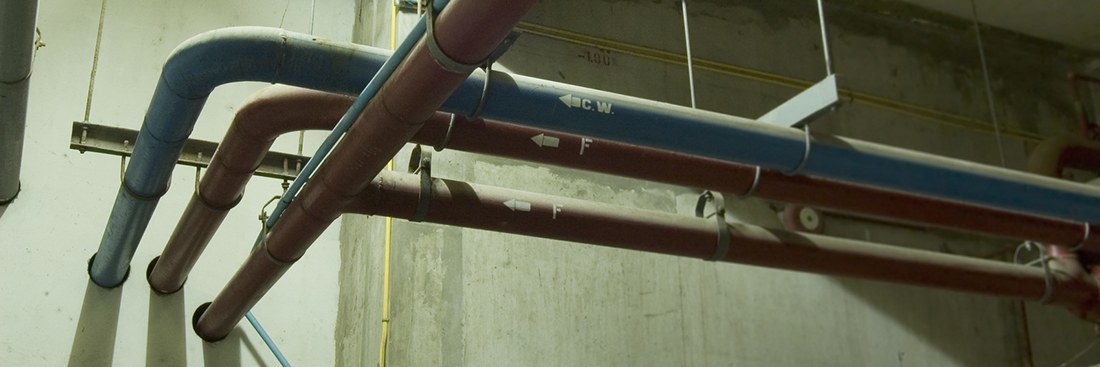
Almost all building pipes can be completely restored using Epoxy Pipe Restoration technology. It’s important that certified drinking water epoxy is used in any waterlines that carry water for consumption. Curaflo’s Curapoxy is fully certified for potable water.
Pipe Replacement or Epoxy Pipe Restoration
When you have deteriorated or leaking indoor water pipes, you have to choose between pipe replacement or Epoxy Pipe Restoration. How can you know which is the right decision?
Only qualified professionals like those at CuraFlo can inspect the entire water distribution system – inside and out – to give you all the information you need to make an informed decision.
But it’s worth knowing that often, Epoxy Pipe Restoration – also known as relining – is the better option. Replacement is disruptive, takes more time, and is less cost-effective. Only in cases of major ruptures is replacement necessary.
Each year, Epoxy Pipe Restoration of indoor pipes grows more popular with home and building owners because:
- It requires minimal cutting into drywall
- There is less noise and debris compared to replacement
- It’s a cost-effective way to extend the life expectancy of copper pipes
- It can improve the quality of drinking water
- There’s less waste than ends up in landfills
Indoor water pipes in contemporary homes and buildings are most often plastic or copper pipes. Older construction used galvanized steel or iron pipes. Pipe type will dictate the materials and process necessary for restoration.
At CuraFlo, we are equipped to restore any kind of pipe. But we most frequently encounter copper pipes and have developed a deep expertise in copper pipe restoration. Since 1996, we have used a special epoxy to line copper pipes and restore water systems in homes and buildings of all sizes.
Epoxy Pipe Restoration
CuraFlo uses CuraPoxy® for its Epoxy Pipe Restoration. The propriety epoxy compound is certified with various regulatory bodies to ensure it meets or exceeds safety and environmental standards.
In basic terms, there are 7 steps to the restoration process:
- A small area of wall or ceiling drywall and insulation is removed to gain access to the water distribution system.
- Our team uses special equipment to remove corrosion, mineral build-up, and other debris from inside the pipes
- After ensuring that the pipe is clean, air is forced through the pipe to dry it.
- Using purpose-built equipment, the epoxy is flowed into the entire length of pipe. Centrifugal force pushes to the inner walls.
- After application, the epoxy lining is left to cure. This takes around 5 hours.
- Once the epoxy has cured, our team of professionals performs a variety of tests to ensure leaks are repaired and water flow and pressure are the same or better than before restoration.
- We quickly and expertly replace drywall and cosmetically repair the access points.
Epoxy Pipe Restoration does more than repair deterioration and leaks. It resists future corrosion and mineral build-up, extending the life of the pipe by 40-60 years.
That not only gives property owners peace of mind. It translates to avoiding future costs for repair, insurance, and property damage.
Another advantage of Epoxy Pipe Restoration is you don’t have to wait for a leak to gain the cost benefits. If you suspect that your water pipes are deteriorating, contact CuraFlo for a free assessment.
